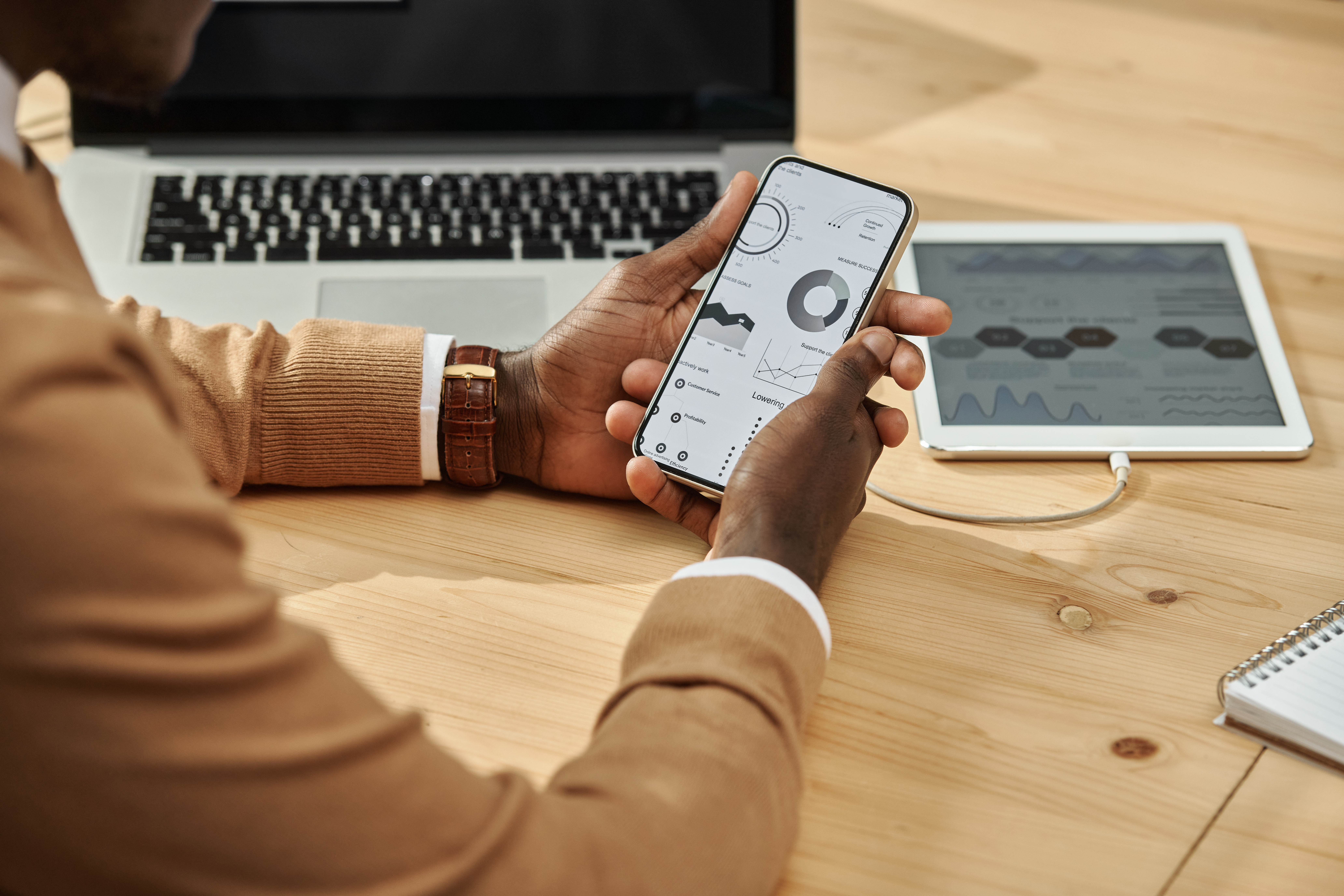Deciding to build a mobile app is a major step for any business. Whether you’re creating a customer-facing product or streamlining internal operations, understanding the development process helps you plan more effectively and avoid surprises.
While every project is unique, most successful mobile app builds follow a similar structure—from discovery to launch and beyond. Knowing what to expect at each stage not only helps you stay informed but also sets the foundation for a smoother, more collaborative experience.
In this post, we’ll walk through a typical mobile app development timeline, phase by phase, so you know exactly what’s involved—and when.
Phase 1: Discovery & Planning (1–3 Weeks)
Every successful app starts with clarity. The discovery phase is where we take a deep dive into your goals, your users, and the specific problems the app is solving.
During this stage, we’ll work with you to:
- Define core functionality and must-have features
- Identify user personas and key workflows
- Review competitors and industry benchmarks
- Map out technical requirements, third-party integrations, and platform needs
By the end of this phase, you’ll have a detailed project brief, prioritized feature list, and a shared understanding of what success looks like. This sets the direction for everything that follows.
Phase 2: UX/UI Design (2–4 Weeks)
Once the plan is in place, it’s time to design the experience. This stage focuses on turning business goals into a user-friendly interface your customers will actually enjoy using.
Here’s what typically happens:
- User flows are mapped to understand how people will navigate the app
- Wireframes are created to outline layout and structure
- High-fidelity mockups bring the visuals to life—colors, typography, branding
- Interactive prototypes allow for early feedback before development starts
We work closely with clients during this phase, gathering feedback and making refinements. The result is a complete design package that guides the development team and keeps everyone aligned.
Phase 3: Development (6–12 Weeks)
This is the engine room of the project—where ideas become working software. We follow an agile development process, breaking the build into sprints with clearly defined milestones and deliverables.
What happens during development:
- Backend development: servers, databases, and APIs
- Frontend development: UI screens, transitions, and interactive elements
- Integration with external systems like payment processors, CRMs, or analytics platforms
- Internal testing to ensure stability as features are built
Throughout this phase, we maintain regular communication with clients, provide demo links or test builds, and adjust features based on ongoing feedback. The length of this phase depends on the complexity of the app—but we keep progress transparent at every step.
Phase 4: Testing & QA (1–2 Weeks)
Before launch, your app goes through rigorous testing to make sure everything works as expected—and looks great on real devices.
Testing includes:
- Functional testing to confirm that all features behave correctly
- Compatibility testing across iOS and Android devices (and various screen sizes)
- Bug identification and resolution
- User Acceptance Testing (UAT), where your team tries the app in real-world scenarios
Our goal here is to deliver a clean, stable app that’s ready for release—with no unpleasant surprises waiting for your users.
Phase 5: Launch & Deployment (1 Week)
With testing complete, it’s time to launch. We handle the technical side of submitting your app to the App Store and Google Play, including:
- Preparing assets (descriptions, screenshots, icons)
- Ensuring compliance with store guidelines
- Final security and performance checks
- Coordinating with your team to go live smoothly
We also monitor performance closely in the first few days post-launch, addressing any issues that arise quickly and keeping your team in the loop.
Optional: Post-Launch Support & Iteration (Ongoing)
The launch isn’t the end of the journey—it’s just the beginning. After your app is live, we often continue working with clients to support future updates, feature rollouts, and performance improvements.
This ongoing phase can include:
- Monitoring analytics and usage patterns
- Fixing edge-case bugs that appear in production
- Adding new features based on user feedback
- Ensuring OS and device compatibility as platforms evolve
Many of our clients treat this phase as a strategic advantage, using real-world data to continuously improve their app over time.
Timelines Vary—But Transparency Is Key
Every mobile app is a little different. A simple internal tool might be ready in 8–10 weeks, while a feature-rich ecommerce app could take several months. The key is having a partner who keeps you informed, plans realistically, and adjusts timelines as needed without leaving you in the dark.
At our agency, we prioritize transparency, collaboration, and momentum—so you always know what’s happening, what’s next, and when to expect results.
If you’re considering building a mobile app and want a clearer picture of how your timeline might look, we’d be happy to provide a customized estimate based on your goals.



